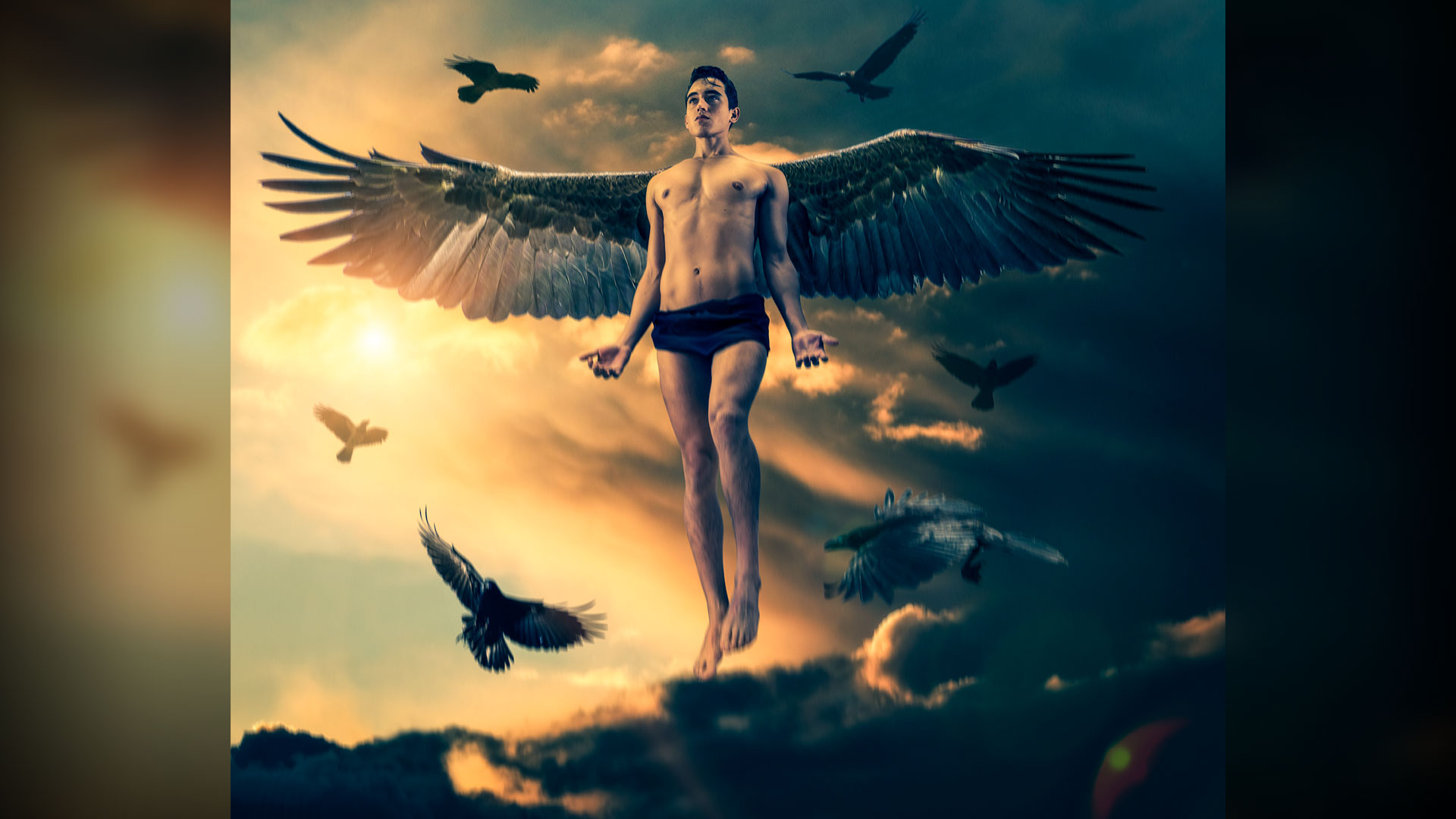

The third is the public interest in the story, and how Icarus is much more well-known than his father. Icarus was unaware of the first two, of course, but the third became a reality for him after he failed to heed his father’s warnings. As one rises higher into the air, the dangers from a lack of oxygen, low temperatures, and the potential for a fall all become greater. Humans crave height and verticality, but with greater height comes greater danger.

The innate need within Icarus to escape his surface-based prison proved too much for him, and he got lost in the joy of flight. The young Icarus, through the ingenuity of his father Daedalus, was given the gift of flight, and on his first attempt he flew too high and payed for it with his life. The first is the innate need we all have to escape the surface of the earth. The myth of Daedalus and Icarus is woven closely with the history of the human need for verticality, and there’s three distinct themes worth pondering. There are various tales about the rest of Daedalus’s life, but the fate of Icarus has stuck much deeper in the minds of those who know the tale, and today he is much more well-known than his father.

The distraught Daedalus completed his flight and successfully escaped, however. Just as his father had warned him, the wax of his wings melted from the heat of the sun and he fell to the sea and drowned. After some time, the joy of flight proved too much for young Icarus, who flew upwards toward the sky, ignoring his father’s instructions. If he flew too low, the moisture from the sea would weigh him down.Īfter lifting off and escaping from their prison, the two began flying over the sea toward Sicily. If he flew too high, the sun would melt the wax of his wings.
#THE FLIGHT OF ICARUS HOW TO#
After testing out the wings, Daedalus taught Icarus how to fly, and instructed him not to fly too high or too low. He built two pairs of wings from wax and feathers, organizing the feathers by size across each wing in order to mimic the wings of a bird. In order to escape, Daedalus devised a plan to fly off the island and make their way to Sicily. Either way, Daedalus found himself and his son imprisoned by the king. The second is, the king imprisoned Daedalus and Icarus inside the labyrinth after Daedalus attempted to help Minos’s enemy Theseus navigate the labyrinth in order to kill the Minotaur. The first is, the king imprisoned Daedalus and his son Icarus in a high tower to prevent Daedalus from sharing knowledge of the labyrinth with anyone else. After he completed the labyrinth, there’s a couple different versions of the story. Over the centuries, the name Icarus has become synonymous with over-ambition, and has inspired countless other stories relating to human flight.Īs the story goes, Daedalus was an Athenian master craftsman who was tasked by King Minos to design a labyrinth, or maze, on the island of Crete in order to hold a Minotaur. Any history of flight, if tracked back far enough, will find it’s inception rooted in this timeless tale of youthful hubris. His wings melt in the hot sunshine and Icarus in a dramatic and terrifying fall, drowns in the deep blue sea.The oldest and most storied myth of human flight is the Greek myth of Daedalus and Icarus. In the last movement Icarus and his father take to the air in a quiet and magical way, Icarus ignoring his father’s warning not to fly too close to the sun. Then follows a quiet, busy and intricate movement, describing in a maze-like fashion the detailed making of the wings. The first movement centres on Daedalus describing with great excitement to his son Icarus their plan to escape from prison on manmade wings, but Icarus is far from convinced.
#THE FLIGHT OF ICARUS FULL#
This descriptive and virtuosic composition makes full use of the flute’s technical range and infinitely varied and subtle colouring, making great demands on the performer's suggestive and technical powers. 'The Flight of Icarus' is dedicated to the brilliant Icelandic flautist Kolbeinn Bjarnason, who premiered it on 29 September 1991 at the National Gallery of Art in Reykjavik. In 1991 I wrote a solo piece for flute inspired by this fascinating legend which I had known since my boyhood in Iceland. It had been my intention for many years to compose a solo piece for flute, based on the famous legend of Icarus.


 0 kommentar(er)
0 kommentar(er)
